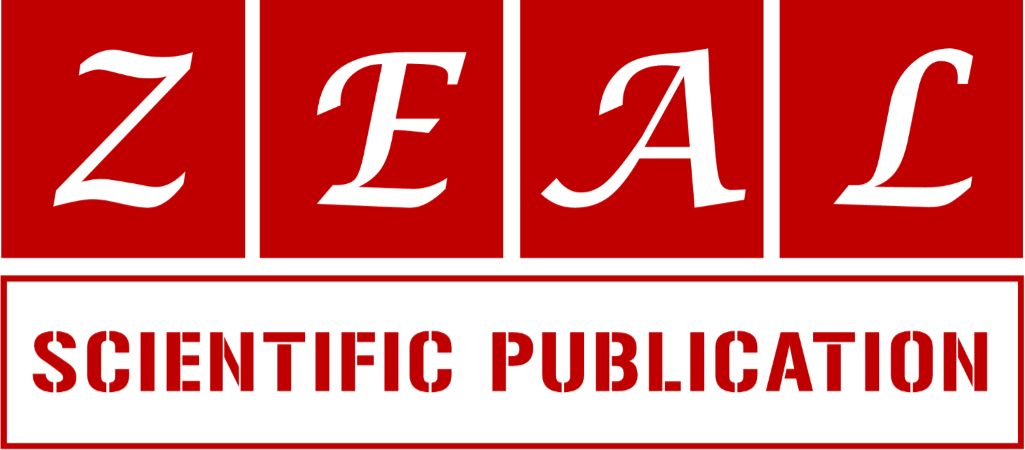Troponin level in SARS-CoV-2 patients in a biochemistry lab in Antananarivo Madagascar
1 Department of Medical biology, Faculty of Medicine, University of Antananarivo, Madagascar.
2 Laboratory of Medical Biology, Training and Research Faravohitra Madagascar.
Research Article
World Journal of Biological and Pharmaceutical Research, 2023, 04(01), 006-010.
Article DOI: 10.53346/wjbpr.2023.4.1.0046
Publication history:
Received on 28 November 2022; revised on 09 January 2023; accepted on 11 January 2023
Abstract:
Objective: To describe the epidemiological and biological profile and the cardiac troponin level of patients infected with SARS-CoV-2 who underwent troponinemia testing.
Methods: Retrospective descriptive and analytical study during a period of 5 months in which were included all patients with COVID-19, hospitalized at the Joseph Ravoahangy Andrianavalona University Hospital (CHU-JRA) in Antananarivo Madagascar and having performed a high sensitive cardiac troponin (hs-cTn) determination at the Biochemistry Laboratory of the same Hospital. . Study parameters were demographics, reasons for admission, medical history, oxygen saturation and patient outcome and paraclinical parameters were troponin level, chest CT image.
Results: Among the 103 cases collected, 46.6% had an elevated hs-cTn level and mostly patients aged 71 to 80 years. Of the 43 patients who died, 60.5% were men. Most had cardiovascular risk factors, oxygen desaturation and critical parenchymal damage on chest CT. There was a significant difference between hs-cTn positivity and female gender and that therapeutic management was corrected after the troponin result. Among the deceased patients, 28 (65,11%) have high troponin levels.
Conclusion: Troponin testing is important in patients with COVID-19 to detect the risk of mortality due to cardiovascular complications.
Keywords:
Cardiovascular risk factor; Madagascar; SARS-CoV-2; Troponinemia
Full text article in PDF:
Copyright information:
Copyright © 2023 Author(s) retain the copyright of this article. This article is published under the terms of the Creative Commons Attribution Liscense 4.0
